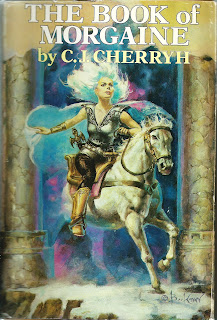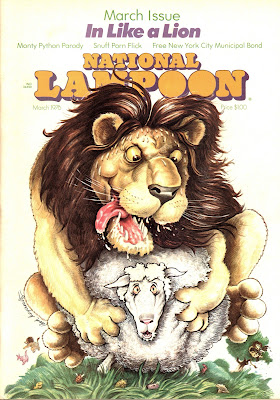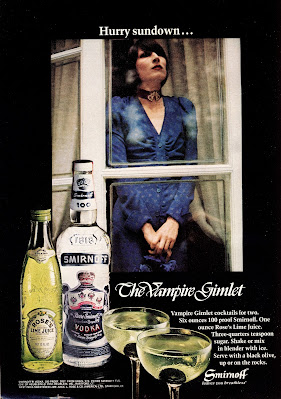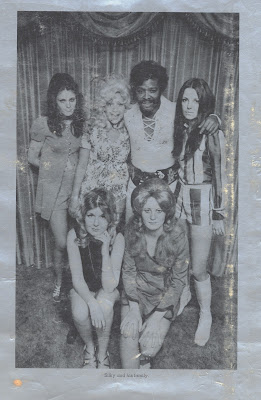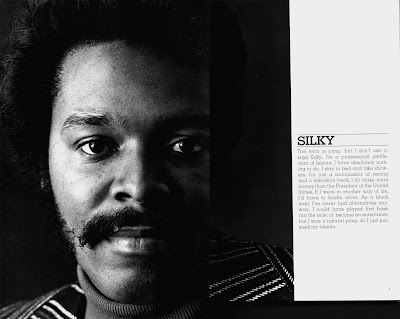Sunday, February 19, 2023
Book Review: Rough Trade
Thursday, February 16, 2023
Book Review: Fires of Azeroth
I gave 'Fires' a three-star rating. The initial third of the novel, much like 'Well of Shuian', suffers from indolent pacing, as the author focuses rather laboriously on world-building and documenting the interactions between Morgaine, Vanye, and various new supporting characters. A plot device used throughout the trilogy, in which a dim-witted Vanye is captured by adversaires and must rely on guile and stratagems (related using long-winded dialogue passages) to gain freedom, evoked some exasperation in me. Indeed, much of the book revolves around verbal fencing matches, in which the participants vie to use the most elliptical and oblique verbiage available to them.
The final chapters of the novel, which finally advance the confrontation with the Shiuan horde and the desperate struggle to gain the master gate on Azeroth, bring some much-needed momentum back to the narrative and with it, justification for the reader's patience. I won't give out any spoilers, save to say that the ending of 'Fires' signals that Cherryh had ambitions - which were realized with her 1988 book 'Exile's Gate' - to write at least one more entry in the 'Morgaine' saga.
Summing up, those with a willingness to read a deliberately paced science fantasy, where character interactions are given primacy over plot development, may find 'Fires of Azeroth' rewarding and by extension, the 'Morgaine' trilogy.
Tuesday, February 14, 2023
International Dateline from National Lampoon
from National Lampoon, March 1976
Monday, February 13, 2023
Playboy magazine February 1972
Saturday, February 11, 2023
Stoner books, 1979
Wednesday, February 8, 2023
Book Review: Sos the Rope
Monday, February 6, 2023
More paperbacks from the UK
February 2023



